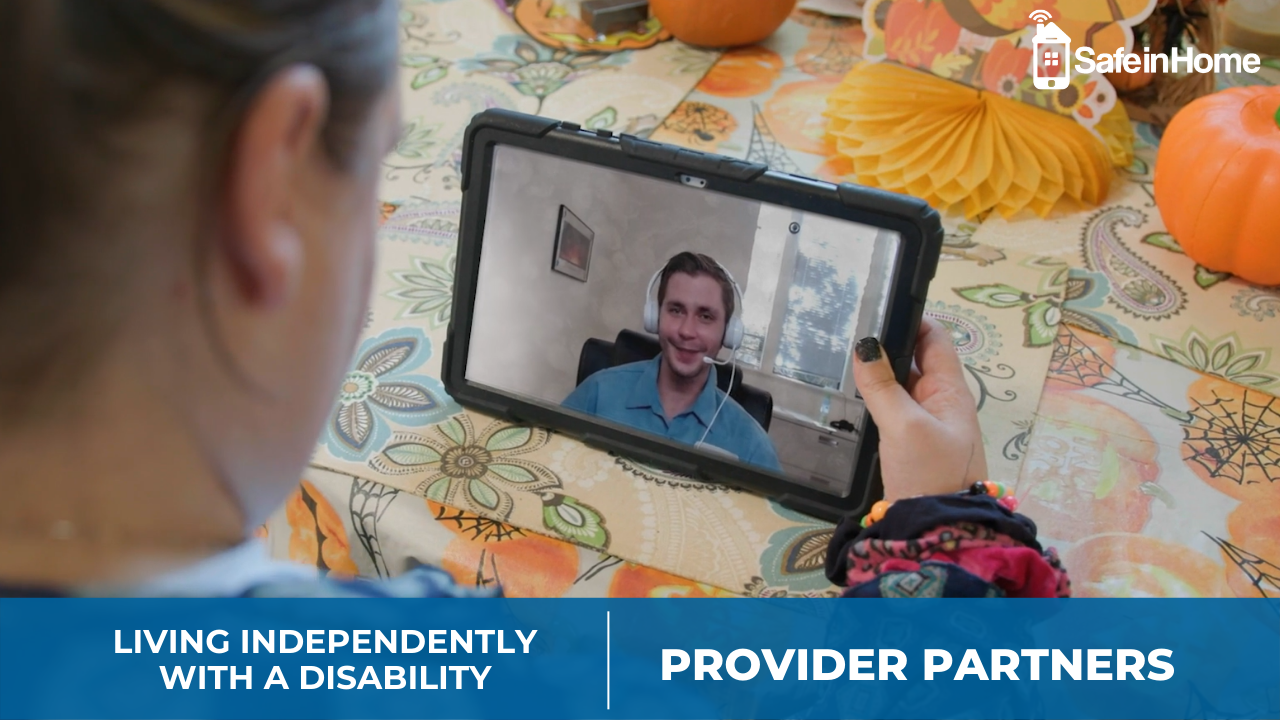Direct Support Providers always want better for the people they serve, better for the system that supports HCBS services, and better for their staff. The provider’s most important asset is the Direct Support Professional (DSP) and there has been an extreme shortage for years. Providers must and are thinking about different solutions to provide HCBS services that are person-centered. One of the options found to be very successful by providers is using Remote Supports.
At first thought, some may wonder if the human connection is missing when Remote Supports is chosen. In fact, people using remote supports overwhelmingly report high satisfaction with the service. They say they really like having privacy with the ability to reach out to friendly and supportive staff whenever they like for anything, they can check in regarding activities related to their plan or to ask questions and problem-solve about anything important to them. Many people use Remote Supports to fill in time where family or the provider are not available, while others are living independently on their own or with a roommate or two.
Remote Supports give people the opportunity to practice making decisions. Every time someone decides to: take medication, get ready for the day, prepare to go to bed, answer the door, make a snack or meal they are building self-determination or learning to self-advocate. These skills lead to greater autonomy and the ability to build meaningful relationships. As Michelle Madden, a direct support provider says, “Our job is not to be in charge of somebody, our job is to empower them.”
Remote Support is the least restrictive option since the person receiving services always has control over the service. The person receiving services ultimately makes the decision to communicate and to receive support about things in their life that are important to and for them.
The Remote Support Staff successfully supports people with a wide range of abilities and challenges using behavioral health training to authentically connect with people and encourage decision-making versus being directive or authoritarian – this is why it works and why people are becoming better at making decisions.
At SafeinHome, we experience little to no abandonment of the service or the simple technology used for communication between the person and the Remote Support Professional.
Remote Supports offer the needed safety to the person served, families, the provider, and staff. It gives the provider flexibility to optimize staff where most needed. Learn more about the benefits of using Remote Supports to cover supports gaps here.
